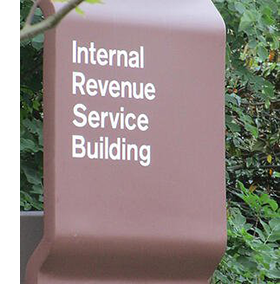The tax code is long and complicated and oftentimes, taxpayers do not know what deductions or credits are available, which means they cannot take advantage of possible savings.
With so many changes under the 2017 Tax Cuts and Jobs Act and the 2019 SECURE Act now in place, changes have been made regarding the deductibility of expenses that both business and individual taxpayers may not be aware of.













